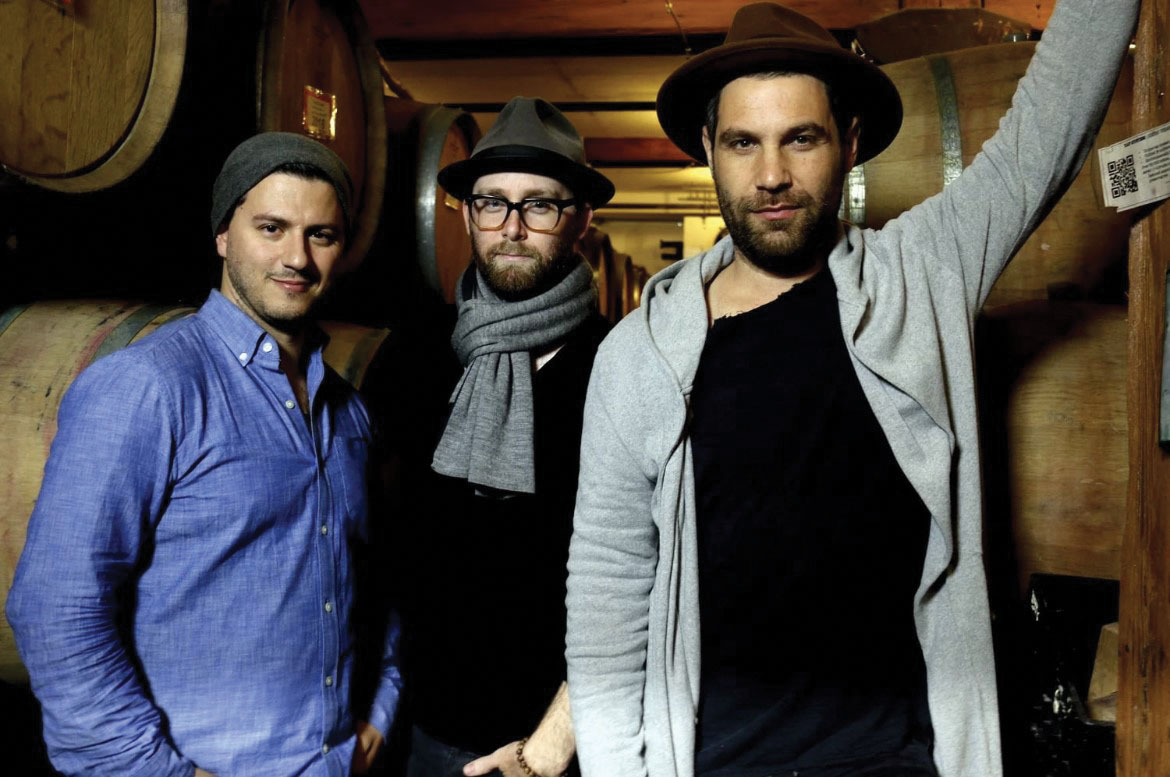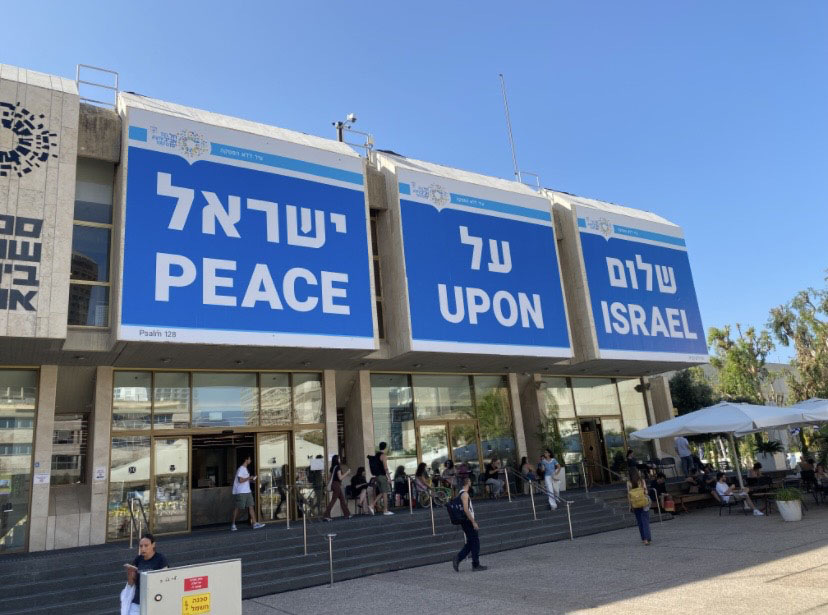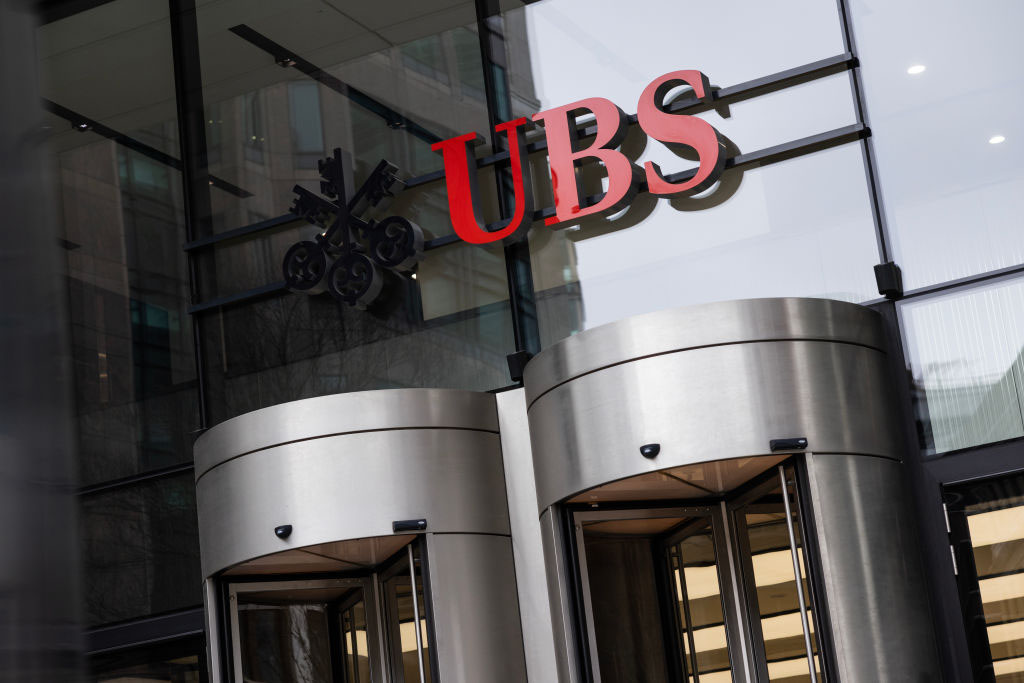Synagogue transformation programs exude good intentions, but do they actually work?
The record is mixed. They are no panacea, but they sometimes benefit participating congregations — at least temporarily — by attracting newcomers, energizing existing members and perhaps forcing the synagogues to re-examine themselves.
For example, Rabbi Shawn Zevit, a spokesman for the Jewish Reconstructionist Federation, said participating congregations in his movement have enjoyed “modest success” in luring unaffiliated Jews, although getting them to participate in synagogue activities has not always been easy. On the other hand, he added, some existing members have become more deeply involved in congregational life thanks to transformation initiatives.
Those initiatives include Synaplex, whose core mission is to strengthen Jewish identity and create a sense of community largely by making Shabbat meaningful.
Turnout at synagogues that have participated in the program for at least two years generally doubles, triples, or even quadruples on Synaplex weekends, according to Rabbi Hayim Herring, a spokesman for Synaplex’s parent organization, STAR, or Synagogues: Transformation and Renewal. What’s more, Herring added, membership has either stabilized or increased at 17 pilot congregations evaluated by his organization, even those that had been losing members.
But a boost in headcount does not necessarily translate into meaningful change, according to representatives of both transformation projects and participating synagogues.
“The goal of a synagogue is not simply to get people to use it, although that may be the initial goal,” said Rabbi Jerome Epstein, executive vice president of the United Synagogue of Conservative Judaism. “The ultimate goal is to effect change in the person and the congregation. I’d look at the situation two years from now and see how many people have had continuous involvement, or became involved only because this is something new.”
The success rate of these experiments varies dramatically, according to Epstein. Without offering percentages, he said he has observed “large numbers” of congregations that seek a “quick fix,” and therefore have achieved only limited success — and “large numbers” that have been able to reinvent themselves and become more vibrant institutions.
Benchmarks of congregational transformation come in many forms — some of them concrete and easy to quantify, but many more of them abstract and difficult to attach numbers to. They may be manifested by congregants who now take Jewish learning seriously. Or who have inculcated Jewish values into their lives. Or feel prayer in their bones for the first time. Or it may be reflected in a once-impersonal synagogue that now has a warm, friendly atmosphere and makes newcomers feel at home.
Whether these innovations actually take root is the product of many factors, according to Epstein and others, including the quality of leadership at individual congregations, and that can vary widely. The consensus: The best leaders are visionaries who cultivate congregations that creatively and boldly pursue long-lasting change rather than simply add new programs. Ideally, such an approach is so firmly implanted in the congregational culture that it will survive changes in synagogue personnel.
“You have to be ready to look at yourself objectively and critically and really be honest about what your strengths and weaknesses are,” said Rabbi Daniel Freelander, vice president of the Union for Reform Judaism. “You need to create rising expectations and break your sense of complacency. It’s very difficult.” Freelander said only about one-half of the congregations he has monitored have been able to create a climate that is conducive to profound change. “But when it happens,” he added, “you can see the light bulbs going off and the congregation is better for it.”
The point at which change becomes “meaningful” or even “profound” is subject to interpretation, of course. Herring of Synaplex, for one, said an important threshold has been crossed when a congregation “moves from using Synaplex as a program to using Synaplex as a way of doing business in the synagogue.”
However it is defined, fashioning a truly transformative approach to congregational thinking and decision-making “is incredibly hard to do and we still have a lot to learn about how to do it,” said Lawrence Hoffman, the co-founder of Synagogue 2000, an initiative that was launched in 1995 and recently evolved into a leadership-training program known as Synagogue 3000. The goal of Synagogue 2000, in part, was to help congregations become more spiritual, adult-centered and welcoming.
Hoffman estimates that about one-third of the 100 congregations served by Synagogue 2000 had poor leadership, and therefore achieved lackluster results. Of the remaining synagogues, he said, about one-third of them were modestly successful at transforming themselves and one-third were very successful.
Amy Sales, associate director of the Cohen Center for Modern Jewish Studies at Brandeis University, said that about half of the Synaplex synagogues she surveyed could legitimately be called success stories.
A third major shul-overhaul program is the Experiment in Congregational Education (ECE) , which focuses on Torah study as an important entry point into Jewish life. “On one level, transformation seems daunting,” said ECE director Rob Weinberg. “But on another level, we’re just asking congregations to do the best of what they already do, but on a regular basis.”
Stressing that he considers success to be a “continuum, rather than a yes-no proposition,” Weinberg estimates that roughly one-half to three-quarters of the synagogues that have participated in his program for several years have in fact transformed themselves.
Temple Shalom of Newton, Mass., is one of them. Under the ECE aegis, the 1,000-family Reform congregation spent five years coming up with five core Jewish values — lifelong learning, enriching spirituality, creating community, social action, and Jewish continuity.
Ideally, every new synagogue event or program exemplifies one of those values. For example, when three of the temple’s aging Torah mantles disintegrated, more than 330 members, from nursery school children to grandparents, needlepointed decorative covers for the new mantles, illustrating the values of kedusha (holiness) and kehillah (community).
Meanwhile, the congregation has become active in its local federation and the national Reform movement and has sent two large groups to Israel this past year.
“That’s what it means to us to be a learning congregation,” said Temple Shalom education director Julie Vanek. “Not just creating programs, but helping people reflect on who they are and what they want to be.” l

































